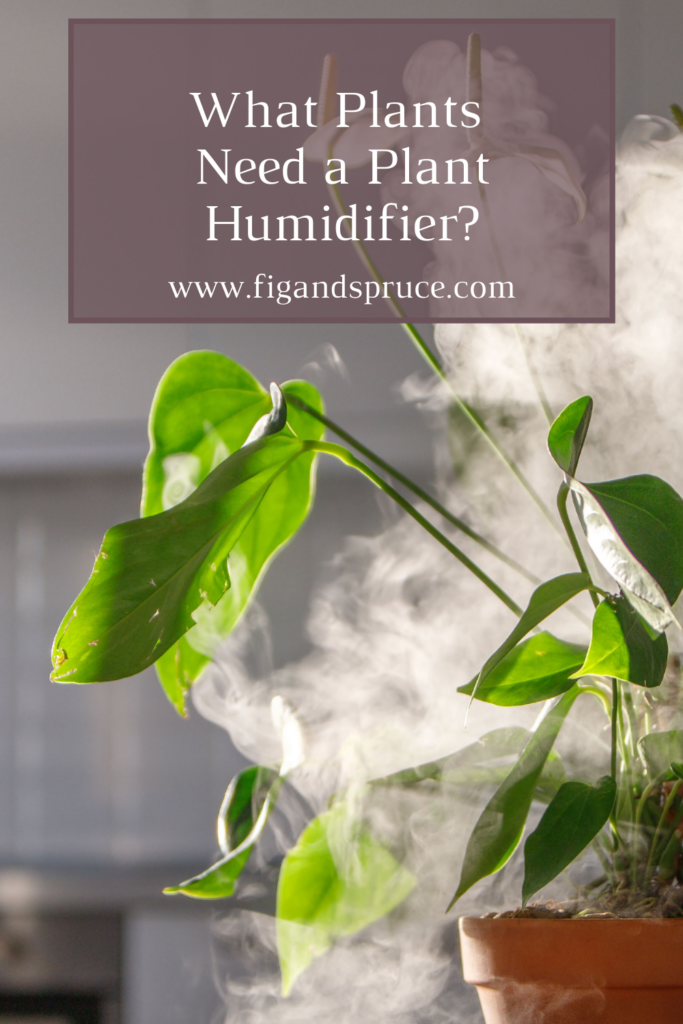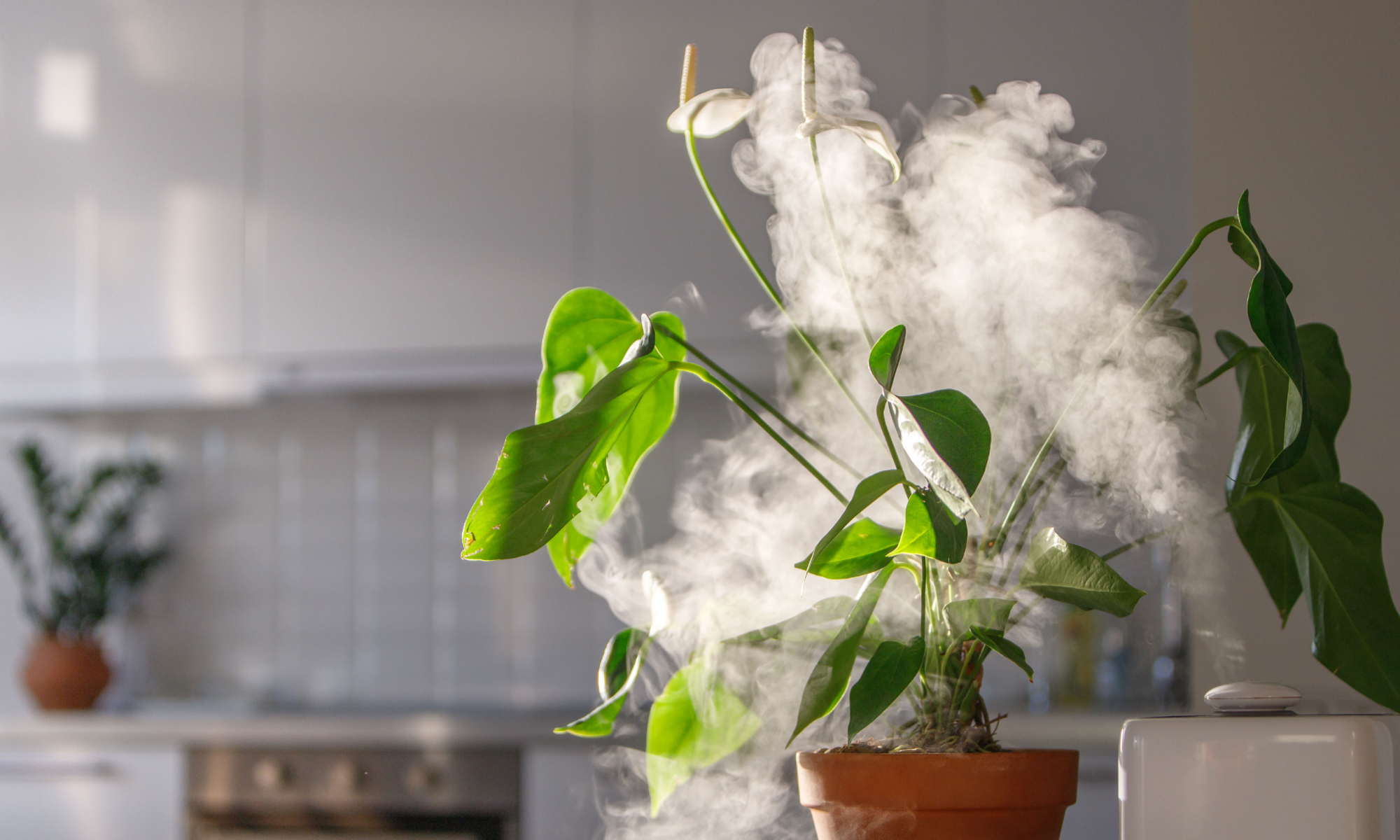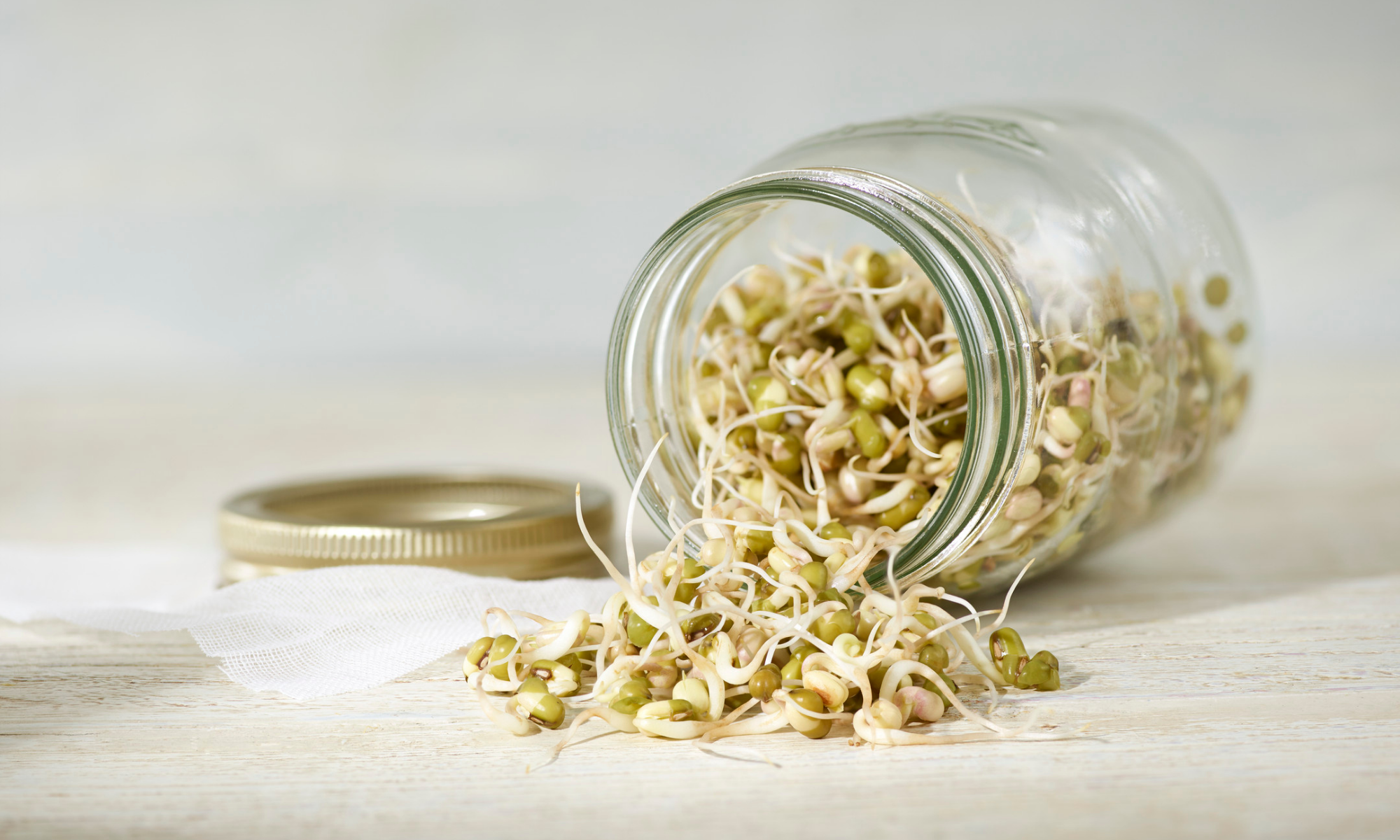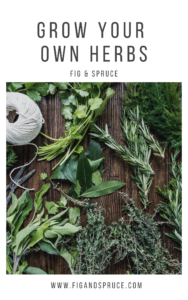A plant humidifier can help many types of plants thrive during drier months. There are some types of plants that need higher levels of humidity than the average plant though.
Today we’re covering both our top pick for plant humidifiers, and a few varieties of plants that would really benefit from extra humidity from a plant humidifier.
Looking for a full comparison on plant humidifiers? Check out our plant humidifiers buyer’s guide for more information.
Table of Contents
Where to Buy a Plant Humidifier?
Humidifiers can be bought at big box stores like Walmart, Target, etc. However you may not find the seleciton that you need to add humidity to your entire room. Often these humidifiers are small and can only support a small radius around the unit.
Amazon has a large selection of humidifiers that plants will benefit from. You can find a range of capacities and features, allowing you to select the unit that exactly suits your needs. Keep reading for our top pick of humidifiers below!
Our Favorite Plant Humidifier: LEVOIT LV600HH Humidifier
After searching high and low, our top pick for plant humidifiers is the Levoit humidifier. This warm and cool mist ultrasonic humidifier has multiple humidity levels and a long run time. Its capacity is up to 6L (1. 59 gals), so depending on the size you need you may want to size up or down to cover the appropriate area in your home.
5 Plants that Could Benefit from a Plant Humidifier
Not all plants require the same levels of humidity. While many plants will benefit from a plant humidifier during drier seasons, some plants will benefit year round and thrive in higher humidity environments.
Fiddle Leaf Figs
Fiddle leaf figs are notoriously hard to care for. They’re super finnicky for many reasons aside from humidity. However, adding humidity in your home can benefit fiddle leaf figs.
Fiddle leaf figs are tropical plants, which means in nature they’re found in high heat and humidity areas. While you cant recreate the rainforest in your home, you can help supplement dry air with a plant humidifier.
Monsteras
Monsteras are another plant from the tropics. Similar to fiddle leaf figs, this plant will benefit greatly from extra humidity. Signs of low humidity for this plant can include the edges of the leaves curling or browning.
Ferns
Ferns love moisture in multiple forms. In their soil, on their leaves, and in the air. Ferns enjoy their roots being watered frequently. You can also mist their leaves regularly to add moisture to the plant. And of course, another way to add moisture is to use a plant humidifier.
Carnivorous Plants
Carnivorous plants like the Venus fly trap typically grow in low country areas like North Carolina where humidity is naturally very high. They’ll greatly benefit from the extra humidity that you’d get from a plant humidifier.
Air Plants
Air plants are typically low maintenance plants, but they’ll benefit from added moisture. To water air plants, we recommend soaking in water for several minutes rather than just spritzing with water. Additionally, Adding extra humidity to their room will help them thrive.
Symptoms of Low Humidity
Symptoms of low humidity in a plant can be somewhat difficult to identify. They often manifest themselves in ways that under watering would. Some plants will show low humidity in their leaves. The edges could start browning, others may just look droopy.
We recommend using a plant humidifier regardless of the type of plant you have. Most plants will benefit from increased humidity at certain points in the year. Winter months are particularly dry and can wreak havoc on more sensitive plants. Adding humidity to your home can help them perk up and weather the drier months.
Alternative Ways to Increase Humidity
While adding a humidifier is the most efficient way to increase humidity, it is not the only way.
Group Your Plants
One alternative is to group your plants into the same area. By grouping your plants they’ll actually help humidify the air around them. The effect will be small, but it could help nudge your plants along in their growth.
Create Humidity Trays
Another alternative is to create a humidity tray for your plants. To create a humidity tray, make a bed of gravel on a tray and add water. Place your plants on top of this tray and as the water evaporates this will add humidity into the air. This effect, like the grouping method, will be slight. However it can help add a little extra humidity into the air for your plants.
Avoid the Misting Method
Many often think that misting their plant’s leaves adds humidity into the air for their plants. While is does add moisture, it only stays in the air for a few minutes, and wont really have a lasting effect on the humidity levels for your plants. There are other benefits to misting your plant’s leaves, but the humidity won’t significantly change from this method.





